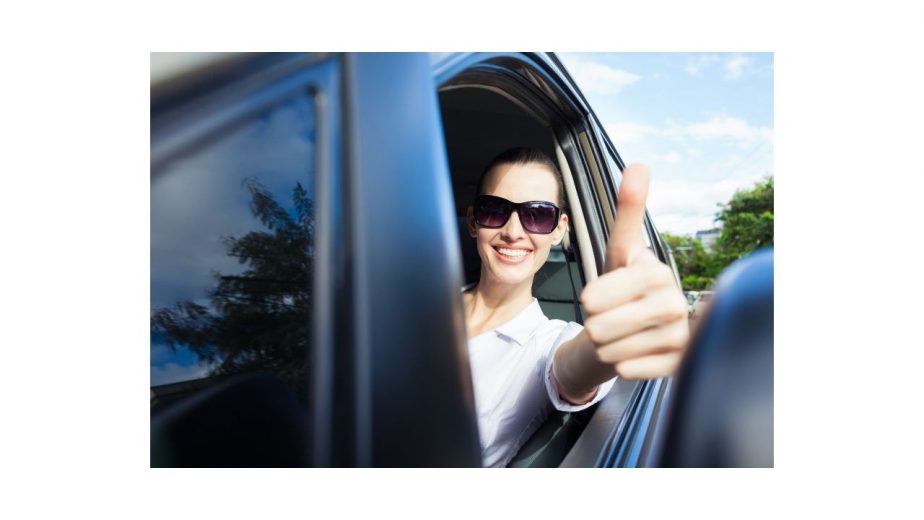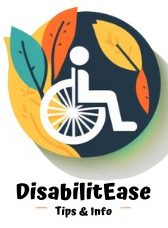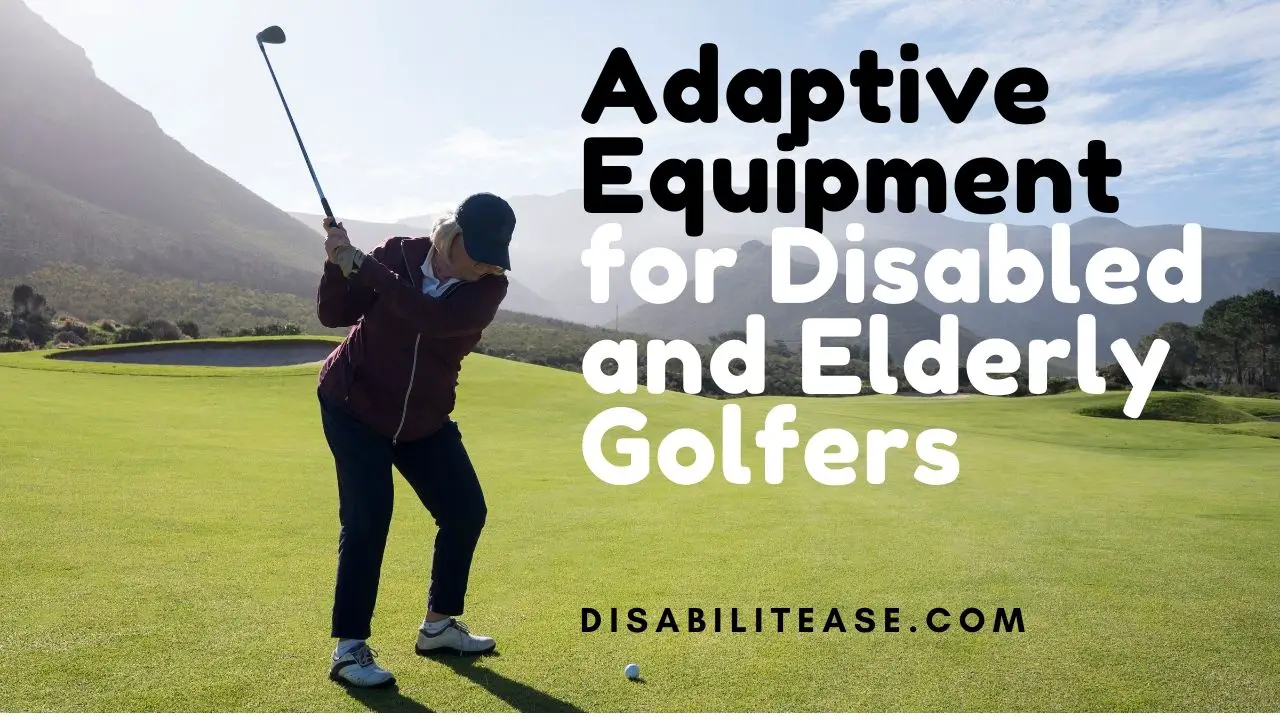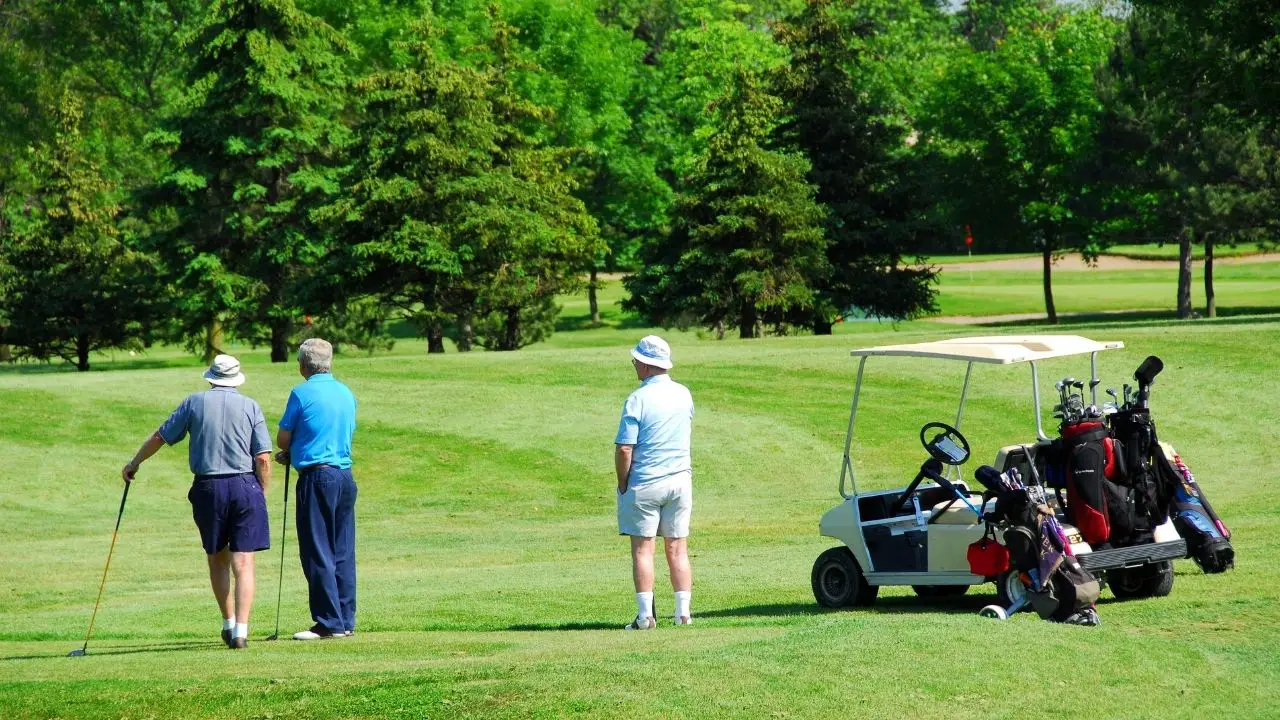Each day deaf and hard-of-hearing people have to face challenges in a world that (unfortunately) mainly focuses on non-disabled people. Everyone wants to be independent and wants to be mobile; people want to make their way around the world on their own.
Vehicles, primarily cars, are a great way to achieve that. However, driving a vehicle is not as easy for deaf people as it is for hearing people.

People who have profound hearing loss rely on their sense of touch and sight to navigate their way around the world.
Here is a related article that might interest you on Best Cars For Handicapped Drivers, Read Here Our Complete Guide!
But deaf people cannot just rely on their sense of sight and touch and drive a car because they are bound to miss some crucial vocal signal, leading to some accidents.
However, the world is changing, and the marketplace now is not only focused on non-Disabled people but people with disabilities as well. Slowly but surely, new technologies are being introduced to help deaf people live their day-to-day lives without risking or compromising anything.
Table of Contents
Assistive Technology And Gadgets for Deaf Drivers In 2024
1. Conversion Of Audible Signals to Visual Signals
A horn is a very crucial part of the car. They are the primary source to navigate traffic, oncoming vehicles, or it’s also used to warn the driver about their own mistake (sometimes people think yelling works better when it really doesn’t).
The purpose is that listening to all these cues and signals is essential when driving a car because they relay important information. However, deaf, and hard-of-hearing people might not be able to pick up on these crucial audible signals. This leads them to feel unsafe and not confident in navigating their way on the road. And you know, once the driver loses their confidence, all sorts of bad things can happen.
To help deaf people with this, Hyundai has developed a technology that turns all the audible cues to visual and even tactile ones, allowing deaf people to be more aware of their surroundings. They succeeded in doing so by using artificial intelligence, which used audio-tactile conversion as well as audio-visual conversion technologies.
You can read more about it here on Hyundai’s website.
2. Audio-Tactile Conversion Technology
Audio-tactile conversion refers to artificial intelligence (also known as AI) detecting surrounding sounds and converting them to vibrations that the deaf driver will feel from the steering wheel. They will be able to pick up the vibrations very easily due to their acute sense of touch.
3. Audio-Visual Conversion Technology
Apart from turning audio signals into vibrations, the AI will also detect audio signals, analyze them, and convert them into a visual display. They will be displayed on the heads-up display. This optical conversion will allow drivers to be aware of things like an emergency vehicle approaching or any other information that might help them detect the traffic better. Moreover, there will also be an LED display on the steering wheel, providing navigational information.
4. Satnav For Deaf Drivers
Satnavs are devices used for navigation. It uses the Global Positioning System (better known as GPS) in order to pinpoint your location on earth within ten meters. Your position is then displayed on an onscreen digital map.
Nowadays, every smartphone has a satnav built in it. Still, people with hearing impairments prefer to get their own dedicated sat nav devices. Why might you ask? Well, having a dedicated sat nav device means not having to worry about battery, any messages, phone calls, or notifications that might distract you. Moreover, a dedicated device stores the data locally, meaning you won’t have to use monthly information or compromise your phone storage as well. You can also lend a satnav to a friend if needed, but you can’t just give someone your phone now, can you?
Plus, if you are stranded somewhere with no mobile signals, you still have your sat nav device to help you out. If you only had your phone, you would’ve been stuck. Also, having to worry about the whole USB port situation with your phone and car is not fun.
Satnavs are fantastic devices that help drivers use their sense of sight and figure out where they are, who they are surrounded with, and where they have to go.
5. Siren Detectors for Deaf Drivers
One of the significant issues for deaf drivers is that they cannot hear the sirens of emergency vehicles. For example, if an ambulance or a fire truck has to reach somewhere urgently, and a deaf driver is in front of them, they will not be able to get out of the way of the emergency vehicle because they might not know it’s there in the first place.
To prevent this from happening, there are siren detectors. They detect sirens of emergency vehicles and then turn them into visual ‘sirens’ that are visible for deaf drivers. One example is Siren Sensors Automobile. Their product can be used for the deaf as well as hearing people. For deaf people, there are flashing red lights on the steering columns when a siren of an emergency vehicle is detected. This once again utilizes the sense of sight for deaf people, which they are usually comfortable and confident with using.
Devices like these are also considered as alerting signals. Apart from driving, deaf people use alarming devices such as a baby cry signaler, smoke alarm signal, carbon monoxide alarm signaler, wake up alarm signaler, and even a telephone signaler.
Four Safety Precautions for Hard Hearing Drivers
Regardless of the availability of additive devices for deaf drivers, there are some safety precautions they need to take to ensure their safety as well as the safety of the people around them. These precautions might also make them feel safer and more comfortable while driving as well.
1. Always Rely on Visual Cues
If a person has trouble hearing things correctly or cannot hear anything at all, their primary guide in life is their sense of sight. They need to be comfortable, and they also need to trust themselves enough to use it to navigate themself on the road.
2. Remove Any Distractions
Distraction for anyone who drives is not good and should be removed, but deaf people might have some distractions that hearing people don’t have.
This can include any feedback from hearing aids. So, try your best to prepare everything beforehand. Close the car’s windows if you might be distracted from the wind or anything that goes outside, charge your hearing aids, and don’t use your phone (since you mainly have to rely on your visual cues).
3. Keep Your Car in Top Working Condition
You have to make sure your car is working perfectly fine, whether it’s the indicators, the brake, the accelerators, all the lights, etc. Car maintenance is generally essential for anyone, but especially for deaf drivers. Because there might be some strange noises that will go unheard and if your car breaks down in the middle of the road, you, and the people around you will be in danger. So, keep up with your car’s maintenance to ensure your own safety.
4. Use Wide-Angle Mirrors and Oversized Rear-View Mirrors If Needed
If you need, get your side mirrors and your rearview mirrors changed so you are able to see a lot more and a lot better when driving. This way, you will be able to see incoming cars (that you might not be able to hear). You have to work with your strength, so if your strength is your sense of sight, you need to do everything to optimize and use it to its full potential.
Although there have been more and more advancements in technologies for disabled people each day, it’s nearly not enough. Sure, it’s better than what they used to have, but disabled people have spent too long being labeled as a ‘minority and therefore not having their needs met.
According to the World Health Organization (WHO), around four hundred and thirty million worldwide are experiencing hearing loss. And it’s estimated that by 2050, this number will jump up to seven hundred million people. Meaning one out of ten people will experience hearing loss.
These people have been socially isolated for way too long. People should be working towards providing deaf people with technology and resources to thrive in this world and get opportunities just as non-disabled people have.
They deserve to be at peace and feel safe each time they step out of the house. Whether they are driving or not. And we must ensure that they think that. No one should, and no one deserves to feel as if they are putting themself and the people around them in danger.

Hi, my name is Eddie, I am a professional trainer specializing in the elderly population and I’m also a website designer. I love training in the gym, going to the beach, traveling, and having good food.
I combined my love for sport and website designing to make “DisabilitEase” whose purpose is to help elderly and disabled people live a more full and active life, have more fun, and enjoy their unique journey despite any disability.



